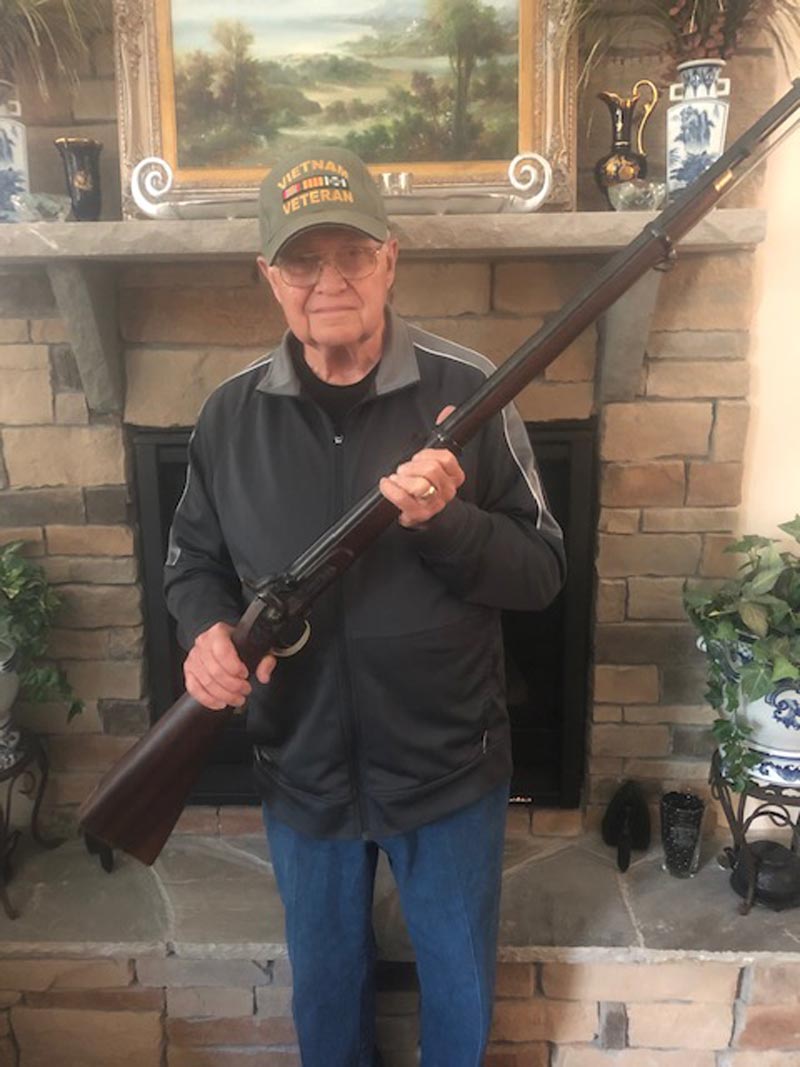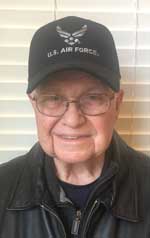While Horse and Hero Fell--They That Fought so Well - Part 1 of a Series

“Every morning brought a noble chance, and every chance brought out a noble knight.”—Alfred, Lord Tennyson in Morte d’Arthur, 1842, quoted by Winston Churchill in his June 4, 1940, “Finest Hour” speech.
There lingers to this day a romantic vision of Confederate cavalry that brings forth the images of Sir Walter Scott’s gallant knights of old. Many Southern cavalrymen, and to a certain extent the whole Confederate Army, were strongly influenced by the romantic novels of Scott, which were very popular reading in the South. They were also undoubtedly influenced by the nobility and military gallantry of many of the English poet Alfred, Lord Tennyson’s poems, such as Morte d’Arthur (1842) and Charge of the Light Brigade (1854).
Confederate Cavalry quickly gained a reputation for valor, gallantry, horsemanship, bold tactics, and esprit de corps that persisted throughout the “Civil War.” This is easily validated in the many histories of that conflict. The bold successes of Confederate cavalry exploits had an electrifying effect on Southern morale early in the war and were causes for hope late in the war.
However, the reality of cavalry success required much more than knightly valor and gallantry. It required dogged, often sweaty perseverance, and long, physically exhausting days and nights, enduring many hardships and deprivations. Daring raids were part of the strategic and tactical inventory, but victory often required competence in the basics. These were such routine duties as protecting the rear and flanks of the main infantry forces from surprise, collecting intelligence, slowing and frustrating enemy advances, acting as a rear guard for retreating forces, and disrupting enemy communications and supply lines. Interdicting enemy supply wagons, breaking up railroad track, and knowing just where the enemy was and where he was headed and how fast were immensely important to the role of cavalry.
I grew up hearing many stories of Confederate Cavalry from my grandfather, G.B. Scruggs. His father and my great grandfather, John Berry Scruggs, served, along with his brother, James, in John Hunt Morgan’s 2nd Kentucky Cavalry, CSA. My great grandfather was born in upstate South Carolina, but moved with the family to northern Alabama about 1854. Riding, raising, caring for, and sometimes trading horses had always been part of their lives. They enlisted in company G of the 2nd Kentucky in May 1862. Two other brothers enlisted in Alabama infantry regiments.
John Hunt Morgan became one of the most famous Confederate Cavalry leaders. He was especially famous for his daring raid of 2,500 Confederate Cavalry into Indiana and Ohio in July 1863. During the eighteen days they were in Indiana and Ohio, they wreaked havoc and panic, and diverted 60,000 Union troops from more strategic use. However, they were constantly on the run and getting only 3 to 4 hours sleep a night and some of that tied in the saddle. Most of them were captured trying to cross the Ohio River at Buffington Isle back into Kentucky. My great grandfather leg was broken, when his terrified horse reared and fell on him after the close hit of a bursting shell from a Yankee gunboat in the Ohio River. He and his brother, James, were captured by advancing Union infantry and spent the rest of the war in Camp Douglas, an infamous Union POW facility near Chicago.
In 1914, Bennett H. Young, a Kentuckian and veteran of Morgan’s Cavalry, wrote a book entitled Confederate Wizards of the Saddle. He was himself captured and imprisoned during the war but escaped to lead 25 men on a raid against St. Alban’s, Vermont—the northernmost land action of the war. He mentions many notable cavalry officers, but ten of these appear the most significant:
Nathan Bedford Forrest, Joe Wheeler, John Hunt Morgan, J.E.B Stuart, John Singleton Mosby, Wade Hampton, John S. Marmaduke, Joseph O. Shelby, John B. Magruder, and H.H. Sibley.
I would add two more to make it twelve: Stand Watie, the Cherokee Confederate from the seceded Cherokee Nation in Oklahoma, and William Quantrill, the Missouri Partisan Ranger, outrageously demonized by the Northern press and later by Hollywood.
Who was the best Confederate cavalry leader? Opinions among Civil War students vary. Robert E. Lee had never met Forrest, but he called him “probably the best soldier of the war.” He was also the Confederate officer most feared by Union generals. Others have much praise for Joe Wheeler, who was very good at the fundamentals and handed Sherman’s Cavalry the worst Union cavalry defeat in the war during Sherman’s campaign against Atlanta. Wheeler once had both Forrest and Morgan reporting to him. Both could be difficult to manage. Near the end of the war, Wheeler, who was only 28, was placed under the more mature (47) Wade Hampton.
Interestingly, both J.O. Shelby and John Marmaduke were from Missouri. Both Shelby and Marmaduke used a mix of Confederate and Choctaw Indian cavalry. Readers might be surprised to learn that five Indian nations--the Cherokee, Choctaw, Seminole, Chickasaw, and Creeks—seceded from the United States in 1861 and allied with the Southern Confederacy. See chapter 8 of my book, The Un-Civil War: Shattering the Historical Myths.
I knew of Marmaduke because my mother was born in Marmaduke, Arkansas, about 9 miles from the Missouri border, named for the Confederate cavalry leader and later Governor of Missouri (1885-1887).
Confederate cavalry had a natural leadership advantage over their Union counterparts at the beginning of the war. From the Revolutionary War to the present, the American military has always been disproportionately Southern. The South has a military heritage. Even today, depending on whether you count only new recruits or all active duty personnel and which states are considered Southern, recent surveys run from 40 percent to over 60 percent Southern, whereas the general population is no more than one third.
In 1861, nearly 60 percent of 176 Federal cavalry officers, including many West Point graduates, resigned to offer their services to seceding Southern states. Five of the twelve Confederate cavalry leaders I have mentioned in this article were graduates of West Point—Marmaduke, Wheeler, Stuart, Sibley, and Magruder. Four others were graduates of prestigious universities, and three were largely self-educated men of formidable intellectual and leadership abilities. This was a huge gain for Southern cavalry leadership, but left the Union forces with comparatively few and less experienced cavalry officers. This began to change as the war progressed. The Union was able to supply more men, more and better equipment, more horses (one million died in the war), and eventually, experienced tactical leadership.
In future articles, I will pay closer attention to the twelve cavalry leaders mentioned here and several more.
Union and Confederate cavalry organization was much the same. By the end of the war, the Union had organized 272 cavalry regiments and the Confederates 137. Regiments were commanded by a full Colonel and typically had 10 companies of about 100 men each for a total of over a thousand men. In reality, most Confederate regiments were smaller, especially near the end of the war. Companies were typically commanded by a Captain. Two to four companies might be organized into a battalion, commanded by a Lt. Col. or Major. Confederate cavalry companies usually included a blacksmith, many of whom were free or bonded blacks. Two to five regiments formed a brigade normally commanded by a Brigadier General. Two or more brigades were formed into a division commanded by a Major General; two or more divisions could form a cavalry or infantry corps commanded by a Lt. General. Only cavalry commanders J.E.B Stuart, Joe Wheeler, Wade Hampton, and Bedford Forrest obtained the rank of Lt. General, and Forrest was promoted only six weeks before the end of the war.
Union cavalry regiments were always far better equipped than Confederate cavalry regiments.
The Union cavalry generally carried breach or cartridge loading carbines, while Confederate cavalry often had to use muzzle loading imports, usually of a shorter, manageable length. Both Union and Confederate cavalry usually operated as mounted infantry, with one cavalry soldier watching 4-5 dismounted horses, while the others engaged the enemy. But the Confederates sometimes used formations that allowed every man to engage the enemy on horseback. Confederate officers generally carried swords as well as revolvers, but although enlisted personnel were authorized to carry a heavy saber, they generally preferred to travel light and carry one or two revolvers and a Bowie Knife or an Arkansas Toothpick (a heavy dagger with 12-20 inch blade). Mosby’s men typically carried four revolvers. Quantrill’s men carried as many as five revolvers and were trained to shoot with either or both hands effectively. Union enlisted men typically carried a heavy saber, which was usually used more as a terror weapon than an actual instrument of combat. Saber charges were considered desperate.
Most Confederate (muzzle-loaded) cavalry muskets were British Enfield .58 caliber. A trained soldier could fire 3 rounds per minute, with an effective range of 200-300 yards. Many Confederate cavalrymen carried single or double-barreled shotguns, which could fire 3 rounds in a minute with an effective range of 50-100 yards. The best Union Spencer .52 caliber carbines carried a cartridge of 7 rounds and could fire those and reload in less than 20 seconds. Their effective range, however, was only 150 to 200 yards. Both sides used Colt (both U.S. and London) and Remington .36 to .44 caliber 6-shot revolvers, which could be fired off in 10 seconds with an effective range of 20 to 50 yards. Both Forrest and Quantrill preferred the Colt Navy .36 revolver. Brigades and larger units were usually accompanied by horse-drawn artillery batteries. Many cavalry regiments had a three-inch horse-drawn ordinance rifle with an 1800 yard range and capable of firing twice a minute. .
Many Confederate cavalry regiments were frequently short of weapons going into battle, but they nevertheless gave an astonishing account of their courage, military skills, and prowess.
To be continued.









 Mike Scruggs is the author of two books: The Un-Civil War: Shattering the Historical Myths; and Lessons from the Vietnam War: Truths the Media Never Told You, and over 600 articles on military history, national security, intelligent design, genealogical genetics, immigration, current political affairs, Islam, and the Middle East.
Mike Scruggs is the author of two books: The Un-Civil War: Shattering the Historical Myths; and Lessons from the Vietnam War: Truths the Media Never Told You, and over 600 articles on military history, national security, intelligent design, genealogical genetics, immigration, current political affairs, Islam, and the Middle East. 


